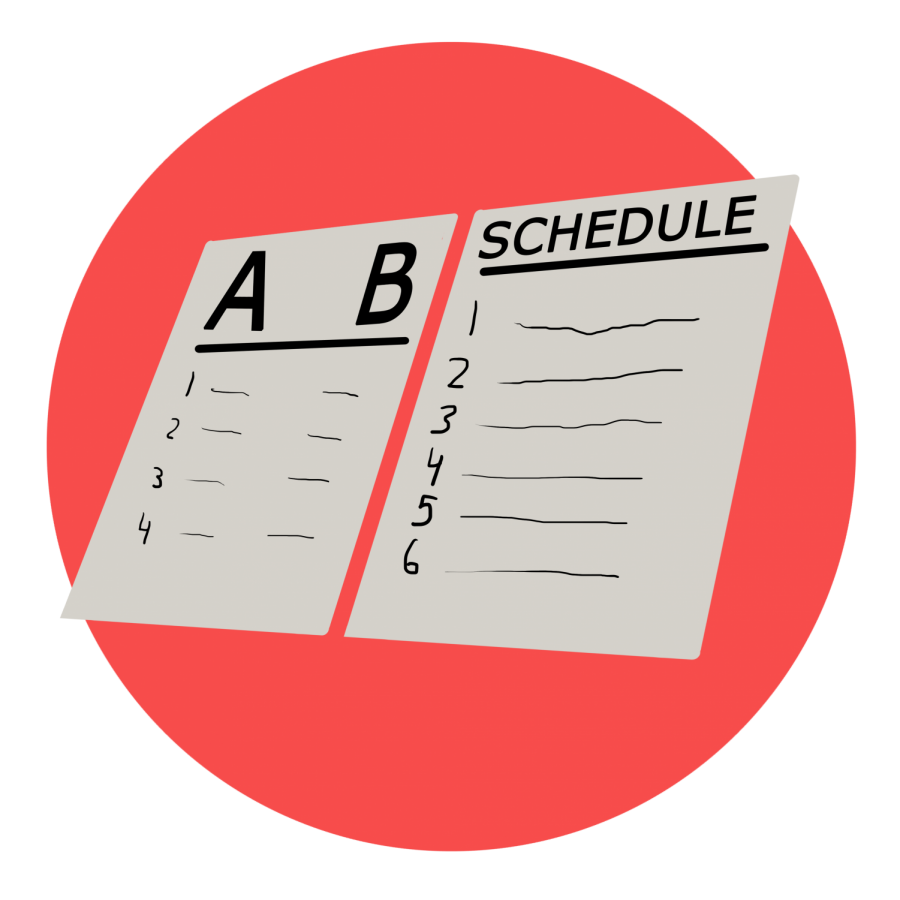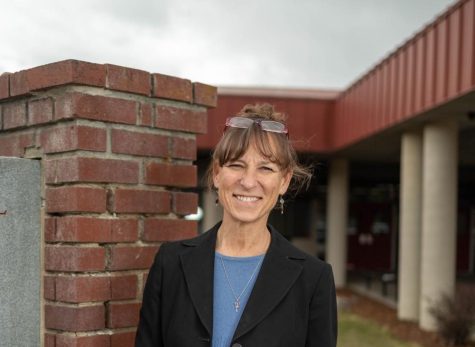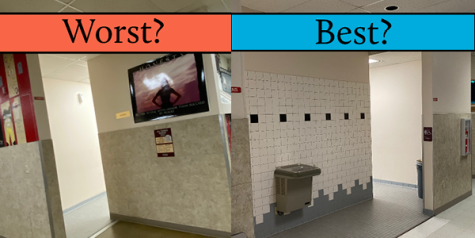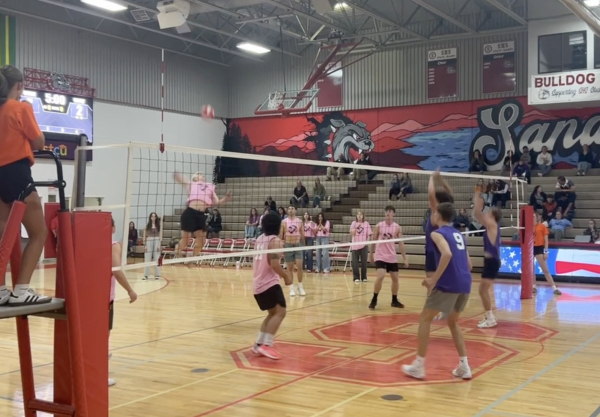WHY 90 MINUTES IS RIGHT
Opinion: The block schedule used for classes at SHS is necessary for many reasons
Block scheduling, the system of alternating A and B days that Sandpoint students have followed for six years, holds a variety of benefits for both students and educators.
For starters, students can earn more credits throughout high school via the block schedule because there are a total of eight classes.
Under the parameters of a regular AA schedule, there would only be six classes a day, due to the inability to schedule an eight-period day in a time window of seven hours.
Moreover, an AB schedule can be beneficial to students who plan on graduating early because two four period days equate to accomplishing a heavier course load.
Additionally, students who have two more class periods every year can also take a couple more electives or even have late arrival and/or early release.
Also, under the AB schedule, teachers have 90 minutes to teach a lesson thoroughly, rather than approximately 60 minutes without it going into the next class period.
Sometimes, students even have time to start on homework after the lesson.
In addition to this, students have more time to do tests and finals in class without having to go in after school or during the next class period to finish them.
Similarly, students are only going to four classes a day, which equals less information to process over the course of the day. In other words, when the day is over, students might not feel as exhausted from all of the information taken in.
After the day is over, students get two nights to do homework, which potentially helps alleviate some of the stress associated with homework.
This lends itself to providing students with more free time, unless a project was assigned that was super complex.
Due to the myriad of different benefits block scheduling holds for teachers and students alike, the current AB scheduling system should continue to be implemented at Sandpoint High School.

What would be the worst “buy one get one free” sale of all time?
Either leg, arm, or kidney removal surgery.
What takes up too much of your time?
It's...

What is the most underrated movie?
Rio.
What takes up too much of your time?
Producing Music
Where do you see yourself...











